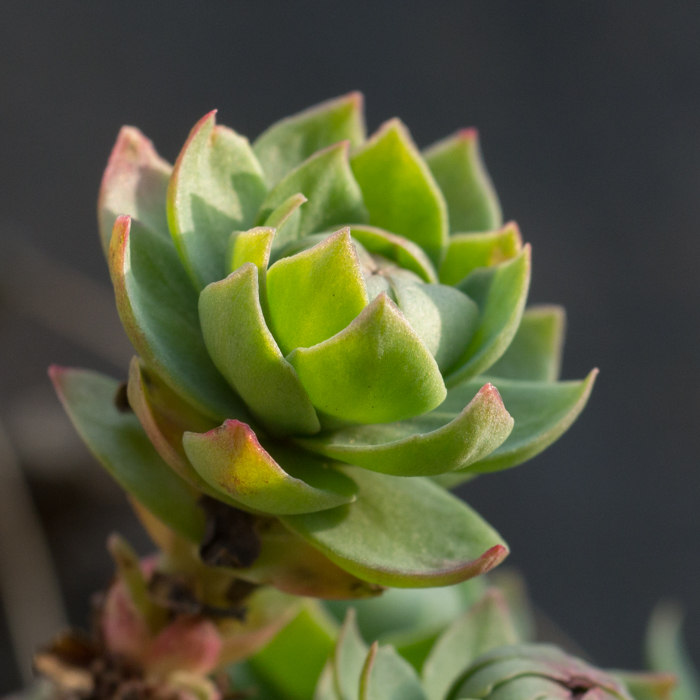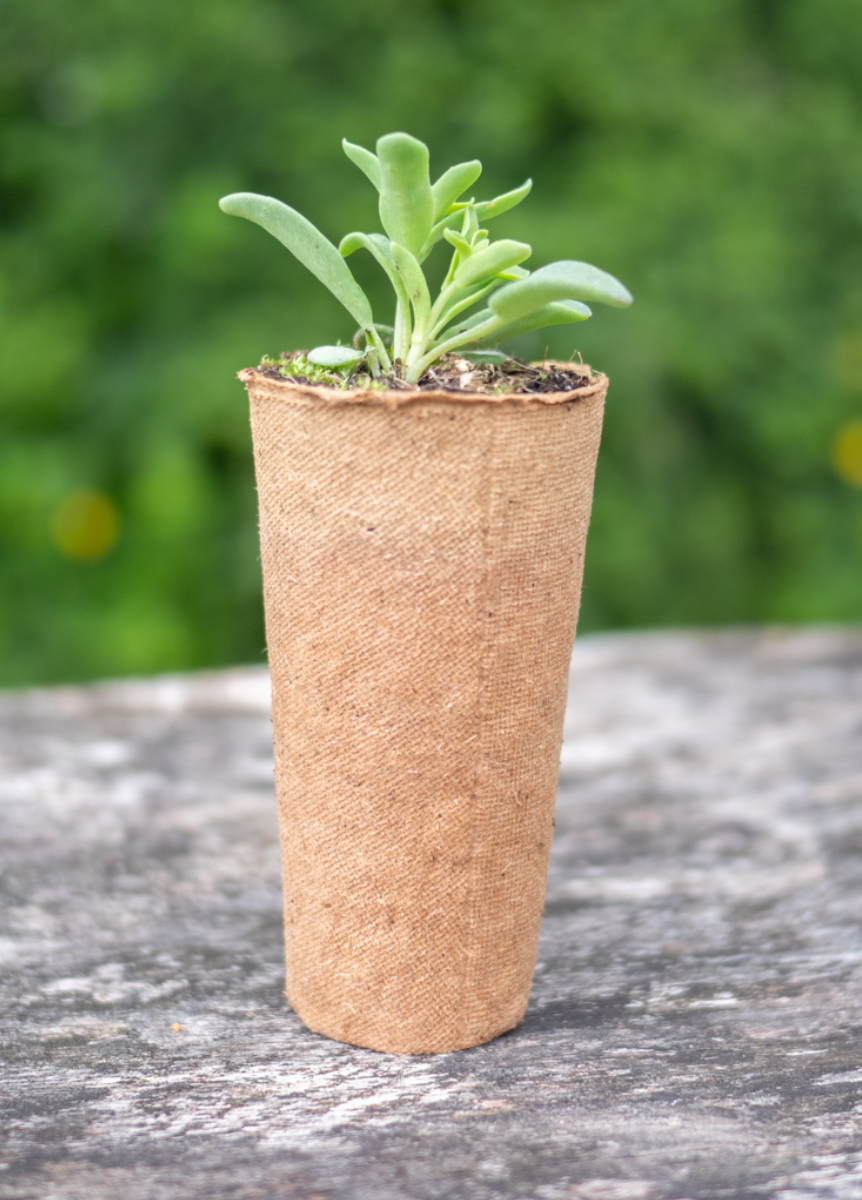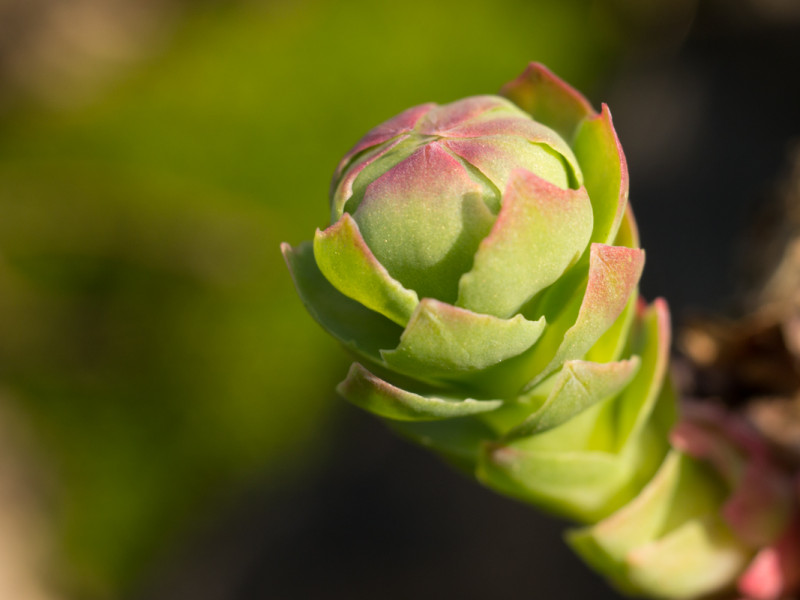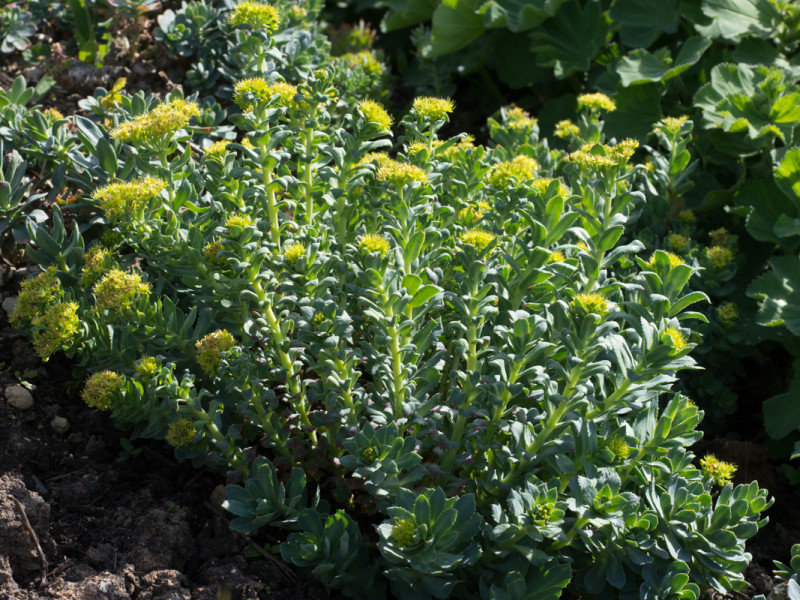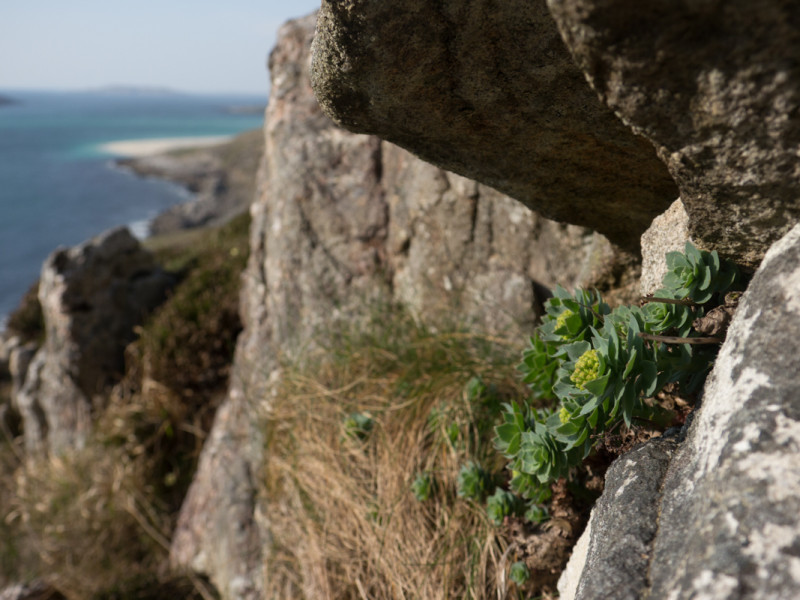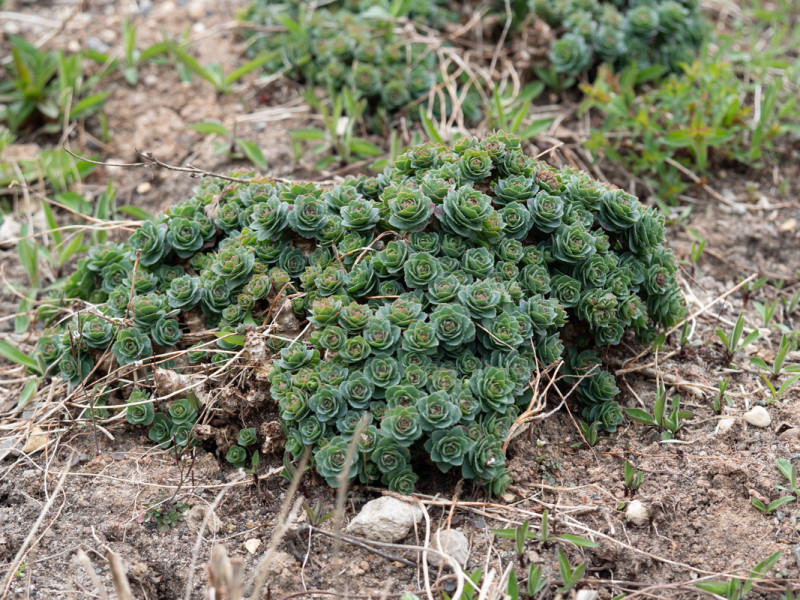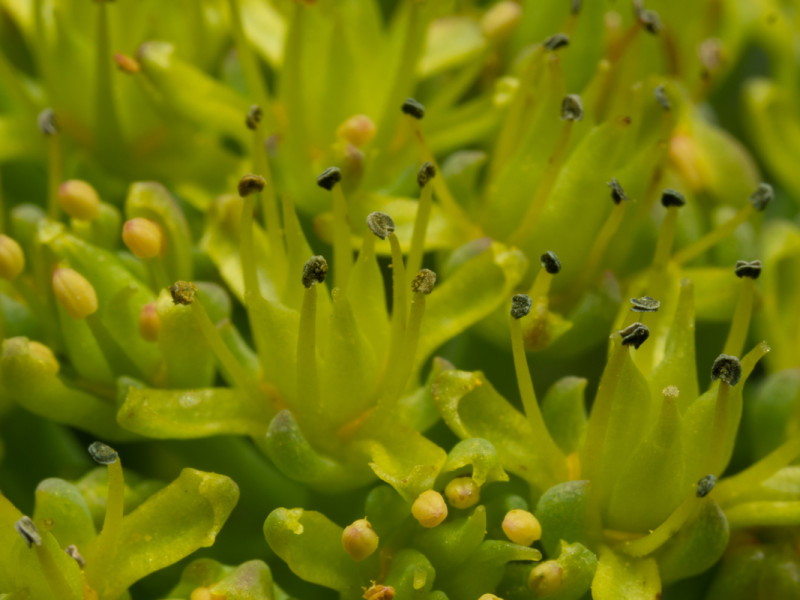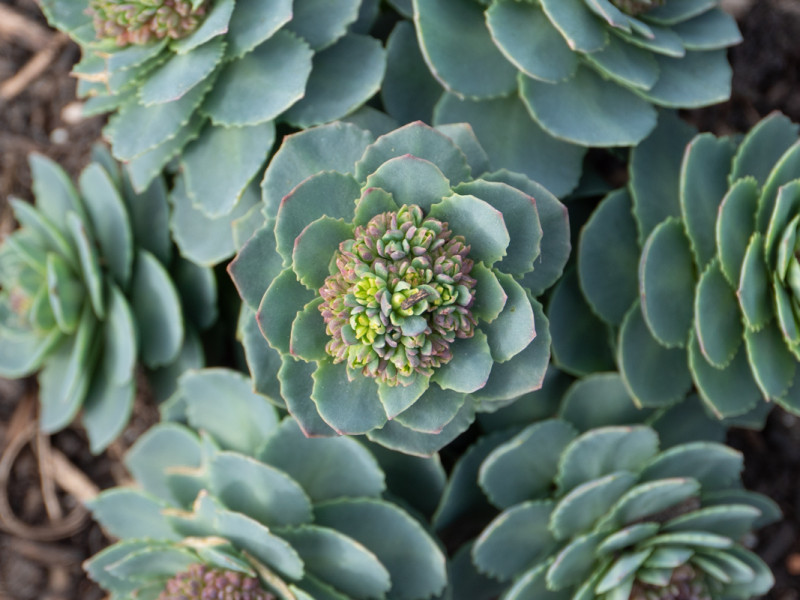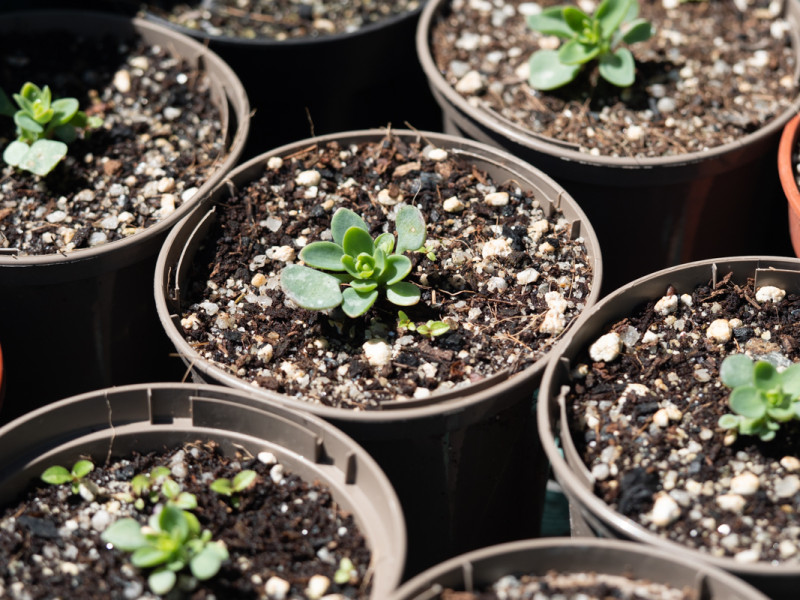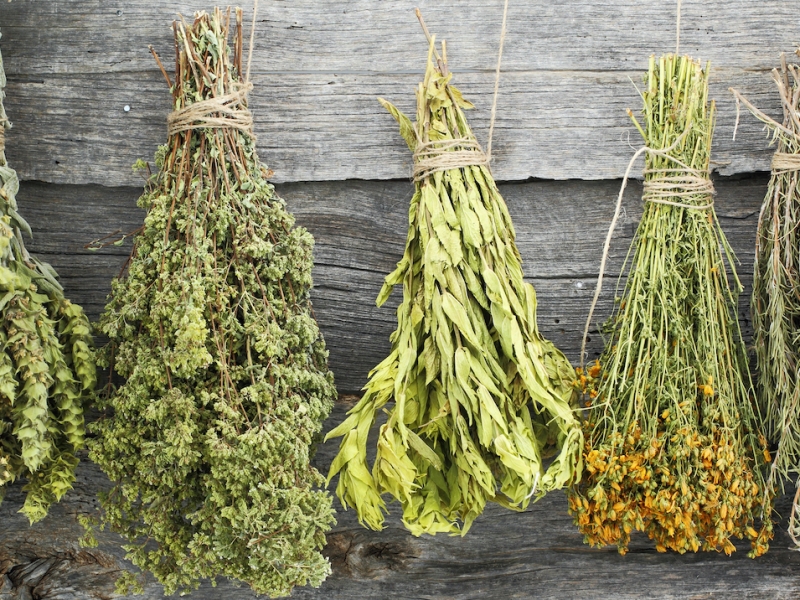Description
Rhodiola is a hardy plant native to parts of Scotland and thrives in some of the coldest regions of the world, including the Arctic, Siberia, and the Himalayas. Its resilience in harsh environments mirrors its traditional use as an adaptogen, supporting the body in adapting to physical and emotional stress.
Also known as golden root, or rose root, rhodiola has been widely overharvested in the wild and as a result it is now listed on CITES appendix II (threatened with extinction if current practices continue), so this is one we have been very keen to get established in our nursery. As yet, we haven’t been able to grow enough to be able to offer seed, but we have been able to collect enough seed to grow some precious live plants. All our plants are grown from seed that we originally harvested ourselves from northern Scotland.
Given that rhodiola usually grows in cold climates, it does surprisingly well in our nursery in Somerset. We have successfully grown it in a variety of soil types and have found it to grow well in full sun. It is a slow grower and will start producing flowers in its second year, but usually requires 3-4 years to reach full size, at which point you can start harvesting some its extremely astringent fleshy rhizomes.

